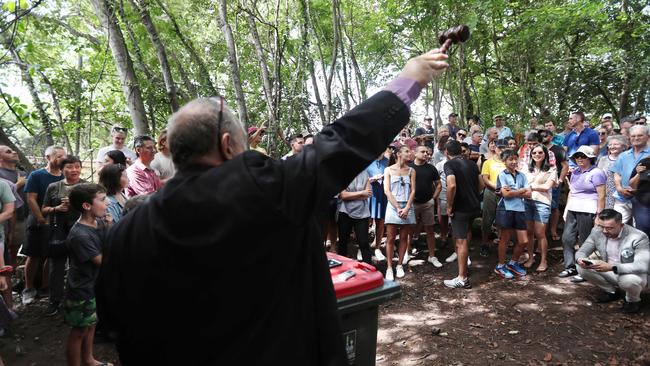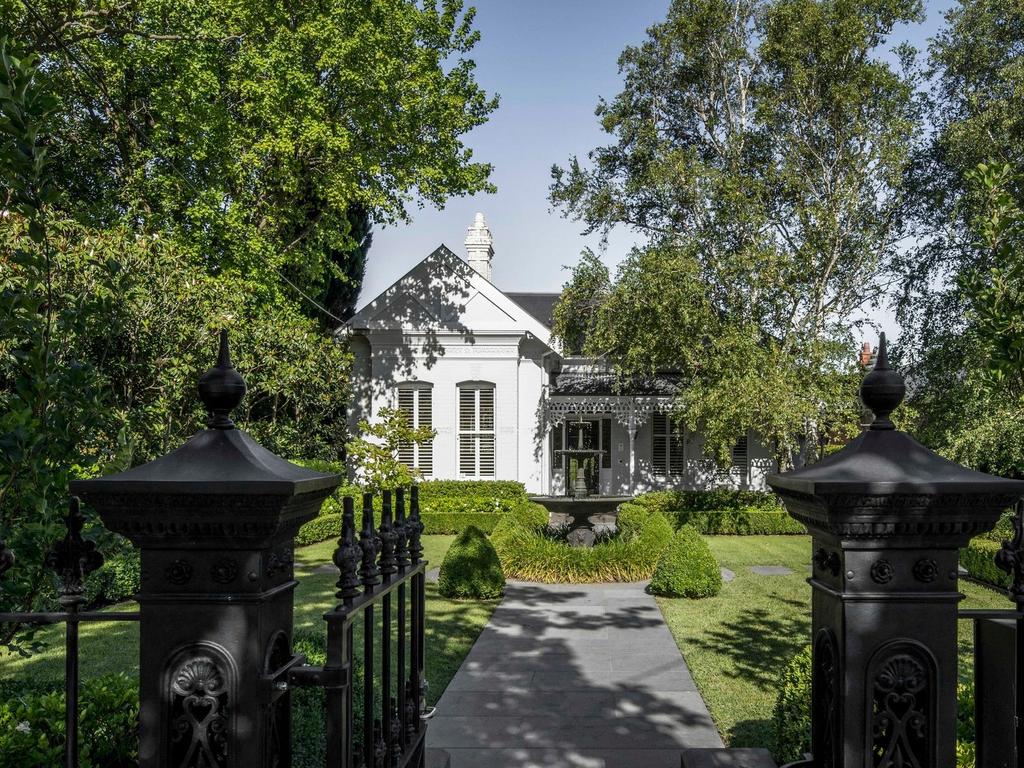
Over the three months to February, the influential Wesptac Housing Pulse reports that prices in the Australian housing market actually rose 2.5 per cent, bringing the total increase for the last 12 months up to 21.1 per cent.
The report also shows that clearance rates in the key cities of Sydney and Melbourne remain “comfortably above long-term averages”.
Moreover, if the market is about to drop, nobody has convinced property sellers that this is the case. The bank’s House Price Expectation index moved higher again over the reporting period, lifting 2 per cent to bring the index back up to 155.8. As the report explains: “The Index is very bullish by historical standards, albeit off the 163.9 peak in April last year. The long run average is 124.”
In fact, Matthew Hassan, senior economist at Westpac, says: “We found a lot of moving parts in recent weeks with Covid-related variations and summer holidays combining to produce a picture that remains unclear.”
With no clear visibility on price momentum other than “slowing sentiment”, Westpac is pinning its forecasts on a worsening outlook for interest rates and inflation: Crucially, it expects the RBA’s first moves on official rates to mark a turning point. “Housing will be ‘collateral’ damage in the RBA’s efforts to keep inflation on target over the medium term,” the report warns.
In its previous forecasts Westpac had expected house prices to lift by 8 per cent in the first half of 2022, before flattening out in the second half, prior to falls of 5 per cent in both 2023 and 2024.
“We now anticipate an earlier fade in momentum, prices expected to flatten by May this year, ahead of a move into outright correction in the December quarter. Overall, that would see a net gain of just 2 per cent over 2022. Prices are then forecast to fall 7 per cent in 2023 and by a further 5 per cent in 2024, stabilising towards the end of that year.”
Most of the major banks and property research agencies are suggesting a broadly similar timeline to a property correction that will hit next year. Nationally, the last property cycle saw house prices drop by a cumulative 14 per cent from peak to trough.
But there will be exceptions. Wesptac and a number of leading property groups, including the McGrath group, have noted Queensland continues to enjoy a “lag” effect with prices potentially rising even as the larger cities ultimately see prices drop.
In the city of Brisbane the bank estimates that prices are up by almost a third inside 12 months and still rising. “Price momentum also bucked the wider slowing trend seen nationally, with a rollicking 8.5 per cent gain in Q4 that looks to have carried into early 2022 (prices posting 2 per cent plus gains in 9 of the last 12 months).”
In common with the rest of the national market, Brisbane’s strongest sector has been stand alone houses. Brisbane’s west led initial gains but outer suburbs such as Ipswich are now driving the market.






National house prices will flatten as soon as May and start dropping by the end of the year says Westpac, though once again we have a bank forecasting a downturn as opposed to producing any hard evidence yet that it is underway.